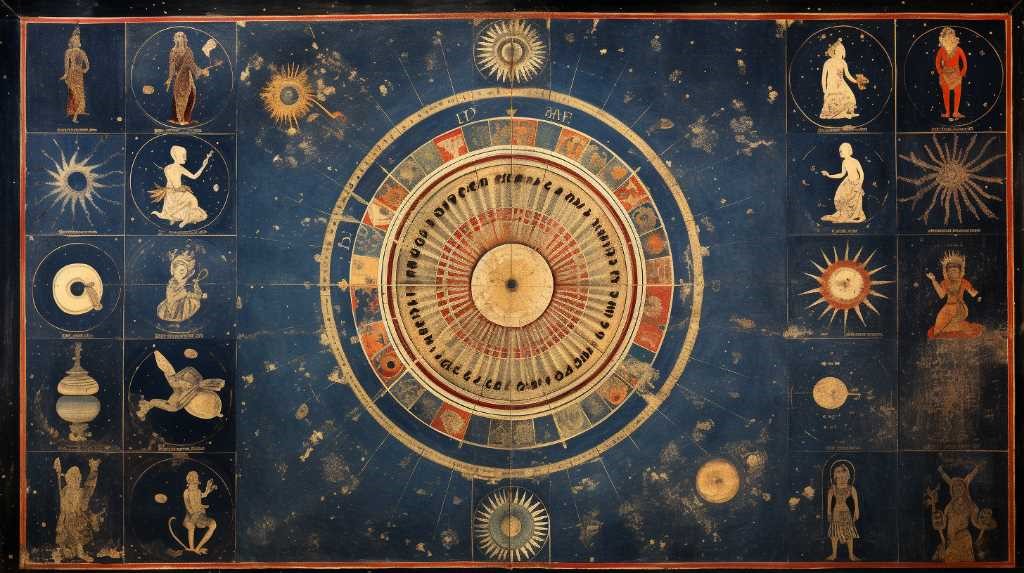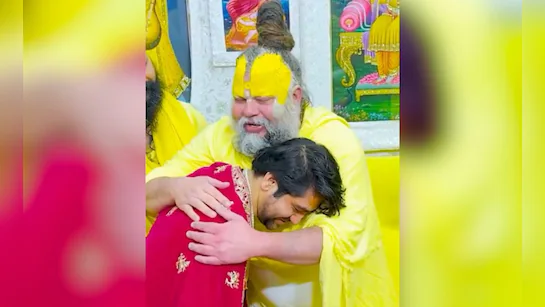Now Reading: Indian Festivals Calendar: Blending Spiritual Beliefs with Scientific Logic
-
01
Indian Festivals Calendar: Blending Spiritual Beliefs with Scientific Logic
Indian Festivals Calendar: Blending Spiritual Beliefs with Scientific Logic

India’s rich festival calendar isn’t just about tradition and rituals—it’s a fascinating mix of spirituality and science. From harvest cycles to lunar phases and climate shifts, each celebration has deeper meanings. In Tier 2 cities like Varanasi, Indore, and Bhubaneswar, where culture meets everyday life, understanding both spiritual and scientific sides of festivals helps us appreciate them beyond just holidays.
Makar Sankranti – A Seasonal Shift and Solar Science
Celebrated in January, Makar Sankranti marks the Sun’s transition into Capricorn. It’s one of the few Indian festivals based on the solar calendar.
While people fly kites and eat til-gur, the festival also marks the end of winter solstice, a time when the days start getting longer—a clear sign of nature’s reset.
Holi – Festival of Colours and Immunity Boost
Apart from its joyful colour play, Holi has seasonal significance. It arrives at the end of winter, a time when immunity dips.
Playing outdoors in sunlight helps absorb Vitamin D, and traditional foods like gujiya and thandai include ingredients that aid digestion and detox.
Navratri – Fasting, Focus, and Natural Cleanse
Spread over nine nights, Navratri is both a spiritual journey and a body detox. People fast, avoiding grains and processed food.
This practice gives the digestive system rest while shifting focus inward through prayer and meditation, especially during the seasonal change from monsoon to autumn.
Diwali – Light, Cleanliness, and Community Bonding
While Diwali is spiritually tied to the return of Lord Ram to Ayodhya, it also aligns with the new moon.
Cleaning homes, lighting diyas, and sharing sweets are more than rituals—they symbolise removing negativity, reducing pest risks post-monsoon, and strengthening social ties.
Raksha Bandhan – Tying Bonds, Respecting Cycles
Traditionally, Rakhi celebrates the bond between brothers and sisters. But historically, it was also a social gesture of mutual protection.
Tied around Shravan Purnima, it’s a time when monsoon illnesses were common, and strengthening family and community bonds had practical value too.
Karva Chauth – Lunar Discipline and Devotion
This North Indian festival sees married women fast for their husbands’ well-being. Scientifically, fasting resets the body’s metabolism.
The moon-watching tradition aligns with psychological grounding, offering a calming visual after a full day of discipline and reflection.
Chhath Puja – Worshipping the Sun and Water Conservation
Mainly observed in Bihar and eastern UP, Chhath Puja is dedicated to the Sun God and rivers. Devotees offer arghya to the setting and rising sun.
The rituals promote early morning exposure to sunlight, help in vitamin absorption, and remind us of the importance of clean water bodies.
Conclusion:
India’s festivals are more than mythological events—they reflect a deep understanding of nature, health, and society. For families in Tier 2 cities, knowing both the spiritual and scientific reasons behind celebrations makes them more meaningful. Embracing this dual understanding connects us to our roots while keeping traditions relevant in today’s world.

























